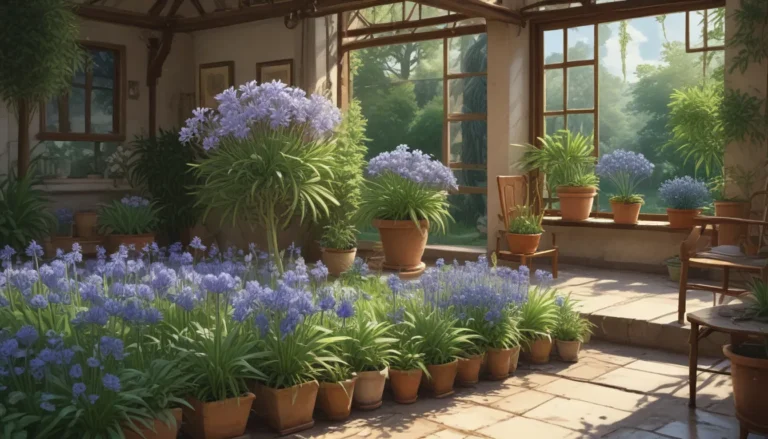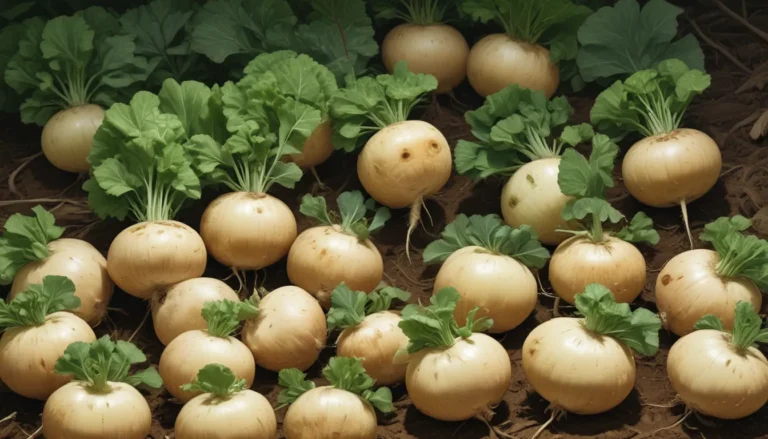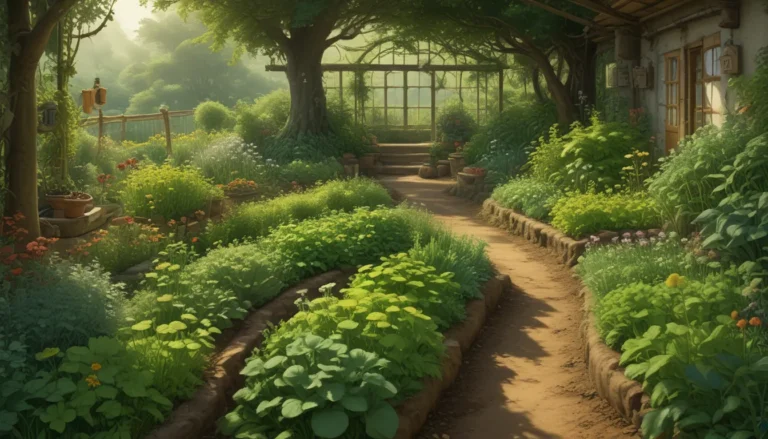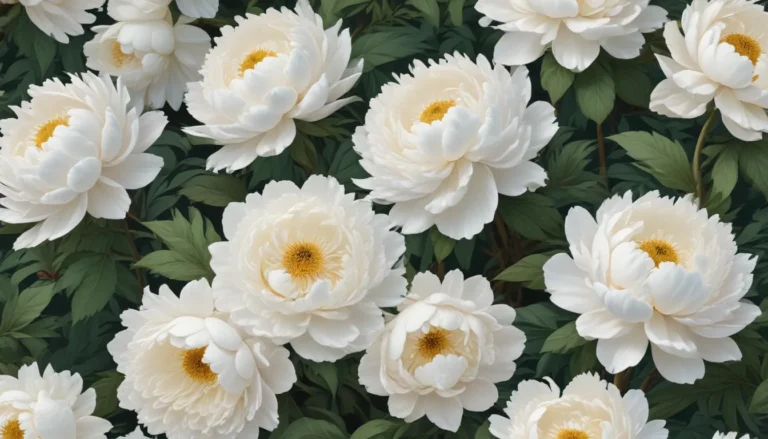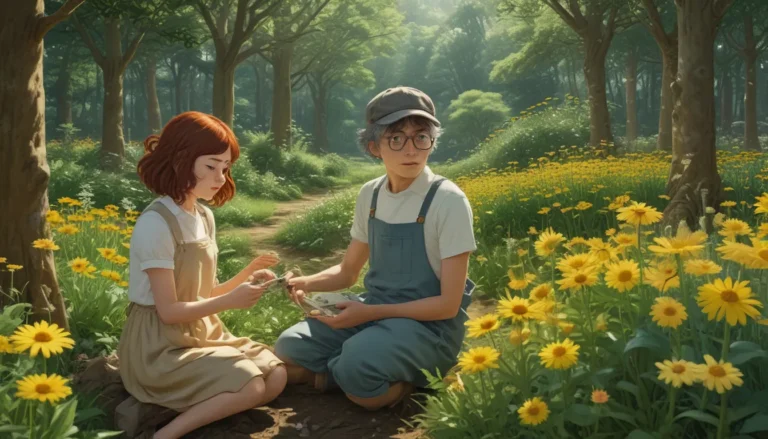How to Successfully Plant and Grow Poblano Peppers

Are you a fan of chiles rellenos but tired of constantly buying them from the store? Why not try growing your own poblano peppers right in your backyard? These mildly spicy peppers are a versatile addition to any kitchen garden.
Poblano peppers are unique in their elongated, slightly twisted heart shape with a pointed tip. They are a popular choice for many home gardeners due to their savory flavor and culinary versatility.
If you’re interested in learning how to grow poblano peppers, you’ve come to the right place! In this article, we will cover everything you need to know to successfully cultivate these delicious peppers in your garden.
What Is a Poblano Pepper?
Poblano peppers belong to the Capsicum annuum species and are often harvested unripe when they are dark green in color. They can also be left to ripen on the plant and then dried to make ancho peppers.
These peppers are relatively easy to grow and can thrive in USDA Hardiness Zones 9-11 as perennials. However, they can also be grown as annuals in colder regions.
Poblano plants grow to about two feet in height and produce fruit that averages four inches in length. They are self-pollinating, making it easy to grow them in your garden without the need for companion plants.
Cultivation and History
Originating from Puebla, Mexico, poblano peppers have a rich history and have been a staple in Mexican cuisine for centuries. They were introduced to Europe and have since gained popularity worldwide for their unique flavor and versatility.
These peppers have a mild and savory taste, distinguishing them from other hot chili pepper varieties. They are often wrongly labeled as pasilla peppers in US grocery stores, despite being distinct varieties.
Propagation
Growing poblano peppers can be done from seeds or seedlings. If you choose to start from seeds, they can be sprouted indoors and then transplanted into your garden. It’s essential to ensure the soil is warm and have a temperature of at least 60°F for successful germination.
Starting seeds indoors approximately eight weeks before the last spring frost can give your plants a head start. Once the weather warms up, you can transplant the seedlings into your garden.
If you prefer using seedlings, you can purchase them from local nurseries and transplant them directly into your garden after the frost season has passed.
How to Grow
Poblano peppers prefer well-drained, organic-rich soil with a slightly acidic pH. They require ample sunlight and warm temperatures ranging from 70-90°F during the growing season.
It’s important to water them regularly and maintain adequate soil moisture to promote healthy flower and fruit development. During heatwaves, providing shade and deep watering can help protect your plants.
Mulching around your pepper plants can help improve water retention and control weed growth. Additionally, practicing proper crop rotation can help prevent diseases and pest infestations.
Cultivars to Select
There are various poblano pepper cultivars available, each with unique characteristics such as fruit size, ripening time, and disease resistance. Some popular cultivars include ‘Alteno Masivo,’ ‘Ancho 101,’ ‘Baron,’ and ‘Trident.’
If you’re looking for a larger fruit size, ‘Big Boss Man’ is an excellent cultivar to consider. It produces extra-large fruits and has a moderate Scoville rating of 1500-4000.
Managing Pests and Disease
Poblano peppers are susceptible to various pests and diseases, including aphids, spittlebugs, leaf miners, and whiteflies. Regularly inspecting your plants and practicing early pest management can help prevent severe infestations.
Insecticidal soaps and natural predators such as ladybugs can be used to control pest populations effectively. Additionally, proper plant care, good soil drainage, and adequate spacing can help prevent disease outbreaks.
Physiological disorders such as leaf roll and blossom end rot are common in poblano peppers and can be prevented by maintaining consistent watering and soil nutrition.
Harvesting
Poblano peppers are typically harvested when they are dark green, approximately 65 days from germination. If you plan to dry them, you can leave them to ripen on the plant until they turn red for ancho peppers.
Harvesting by cutting the peppers rather than pulling them can help prevent damage to the plant. Drying poblano peppers can extend their shelf life, allowing you to enjoy them in various culinary dishes.
Recipes and Cooking Ideas
Fresh and dried poblano peppers can be used in a wide range of dishes, adding a unique flavor and mild heat. From traditional Mexican recipes like chiles rellenos to contemporary dishes like rustic fettuccine with fava beans, there are endless possibilities for incorporating poblanos into your cooking.
Experiment with roasting, stuffing, or blending poblano peppers to create delicious sauces, salsas, and marinades. Whether you prefer fresh green poblanos, ripe red ones, or dried anchos, these peppers are sure to spice up your culinary creations.
Spice Up Your Vegetable Garden with Poblanos!
Adding poblano peppers to your garden can elevate your culinary experience and provide you with fresh, homegrown produce. With proper care and attention to detail, you can successfully cultivate these delicious peppers and enjoy a bountiful harvest throughout the season.
Are you growing poblano peppers in your garden? Share your experience in the comments below and let us know how you incorporate these flavorful peppers into your cooking.
Expand your kitchen garden with a variety of veggies like ghost peppers, Anaheim peppers, and Brandywine tomatoes. Each plant adds its unique flavor and nutritional value to your meals, enhancing your gardening and culinary skills.
Happy gardening and happy cooking with your homegrown poblano peppers!
